On this first night it was very clear that the national fútbol team was important in this site. But I didn’t realize I would eventually see a contradiction in this. The widespread support and excitement about the team is very surprising given that most people in Northern Chile feel about they are often forgotten by the wealthier or more cosmopolitan people in the central region of the country, and are disenfranchised from national politics. My fieldsite is a working-class marginal city just seven kilometers up a steep hill from the region’s major port city, and those perched on the hill feel they have been politically discarded even within the region. It was recently voted the least liveable urban area in Chile, in part because, as I’ve written before, there is very little that is pleasing about the aesthetics of the place. Yet when it comes to fútbol, their very visible practices—wearing red fútbol jerseys, setting off fireworks, and posting a great deal on social networking sites—stand in stark contrast to their usually minimal visual expression.
A week before Chile’s first game, Facebook was filled with humorous memes related to the world cup, from comparing the team’s bald coach, to bald reggaetón singer Pitbull. Others, in anticipation of a match against the Australian team, featured pictures of kangaroos in compromising positions. On game day, the city becomes a sea of red. At the local informal market, I noticed Chilea fútbol jerseys being sold at the beginning of June. The five supermarkets in town also offer jerseys for both the national team, as well as select others, including Brazil, Argentina, and Spain. Hours before an afternoon game begins, the sounds of plastic trumpets and car horns fill the air. The smell of meat being cooked on grills makes my stomach growl. Children, wearing pint-sized jerseys, and with faces painted like the flag, ride their bikes around the neighborhood. Seemingly every middle-aged man walking down the street carries a flag and a case of Cristal or Escudo beer, either on his way home from the corner store or to his friend’s house. Young men, and middle-aged mothers alike invite friends over to their homes to watch via Facebook post, often enticing them with photos of beer cans or food accompanied by a Chilean flag or pelota.
When the game starts, the whole family, and maybe some friends or neighbors gather around the flat screen television that’s positioned in the living room, or more often in the kitchen. Younger brothers are forced to wear silly wigs of hats that look like pelotas. The streets become quiet for a few minutes, until the first big play. During the first game, Chile scored after 12 minutes and during the second, Chile barely missed a goal about five minutes into the game. Once viewers have something to cheer about, the world erupts with trumpets and yells of “conchetumare” (a somewhat all-purpose expletive). After every score or close save, my Facebook feed instantly fills with simple statements such as “weon” (somewhat equivalent to ‘dude’), “vamos chile mierda” [let’s go chile. shit!], and “goooollllll”. After a victory, of which I was fortunate enough to see two, whole families exit to the street to “see what’s going on.” Fireworks are lit, people walk to the nearest plaza or to the downtown area, singing the national anthem or simply changing “Chi Chi Chi Le Le Le. Viva Chile!” Instagram is filled with photos of the crowd, selfies while wrapped in the flag, and screen captures of the television displaying the national team. A few hours later, after they’ve finished their twelve hour shift, workers in the nearby copper mines post their cell phone videos of hundreds of their coworkers erupting as they watch a goal being scored from the dining hall of the mining operation.
These practices are much like they would be in countless other neighborhoods around the world. Except that these practices defy two of the major factors I see defining daily life in this place: an absence of attention to aesthetics, and a feeling of disenfranchisement from the nation. So what is it about sport, or perhaps the World Cup specifically, that inspires this transformation? Most people have told me they are particularly excited by the World Cup this year because Chile’s team is good, and because it is a nice reason to share time with family. Others suggest Chileans have a “spirit of clawing fanaticism…to fight and overcome hardships.” This explanation makes more sense of course in the specific context of my fieldsite where being an underdog is a way of life. Chile is a team that usually qualifies about once a decade. They often find themselves in the second round (of 16) in the tournament, but have not placed since 1962. Among the world’s best 32 fútbol teams, they are not a total long-shot, but neither are they a sure thing. And this year, being placed in what some call a “group of death,” makes that fight to overcome hardship even more exhilarating.
Yet Chileans have had reasons to hope. Rachel Riley of Countdown statistically determined that based on characteristics of past World Cup champions, Chile was most likely to win. Northern Chileans also took it as a good omen that their first game was to be played in Cuiabá which according to reports holds 33,000, inspiring allusions to the 33 miners that were trapped underground in the region just after the World Cup of 2010. Though the stadium actually holds over 39,000, Chilean sports journalists repeatedly began reports form the stadium with “Estamos bien en el estadio los 33 mil” [We are well in the stadium, the 33 thousand of us], echoing the miners’ first communication with surface search parties “Estamos bien en el refugion, los 33” [We are well in the shelter, the 33 of us]. The 33 miners even made a video in the weeks leading up to the World Cup kickoff, widely shared on social media, in which they declare, “Spain is tough? Holland is tough? We don’t fear the ‘death group’! We don’t care about death because we defeated death before!”
The Chilean national team now prepares to face home team Brazil in the second round, sure to be a tough match. Northern Chileans prepare with their red t-shirts, silly hats, 6-packs of beer, and meat to be grilled. Fútbol might just be an excuse to enjoy a rousing afternoon or evening with friends and family for some, but for others, the national team embodies the struggles and hopes of daily life. Links circulate now, about strategies Chile could use to defeat favorite, Brazil, and people are already making plans for a Saturday afternoon game. While the outcome remains unsure, it is certain that the city will be awash in red, and if by change the Chileans manage to win, I’ll join the crowd in fireworks, singing, and general merriment in the small plaza near my house. Of course, for once I’ll have to worry about my clothing. I have make sure my red t-shirt is clean for Saturday.
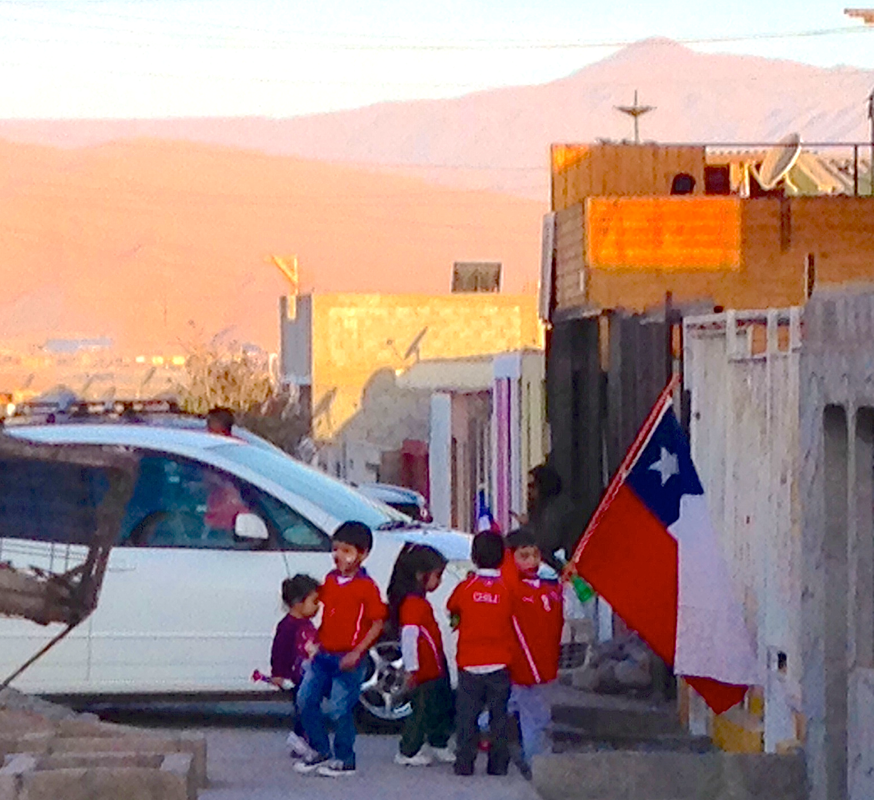
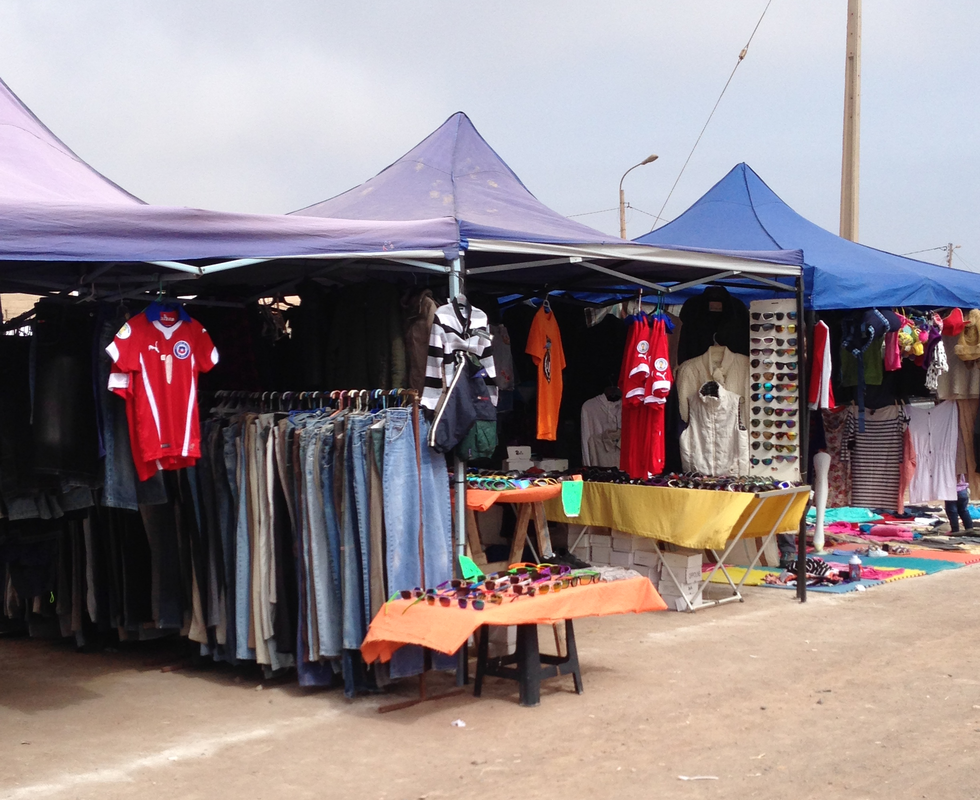
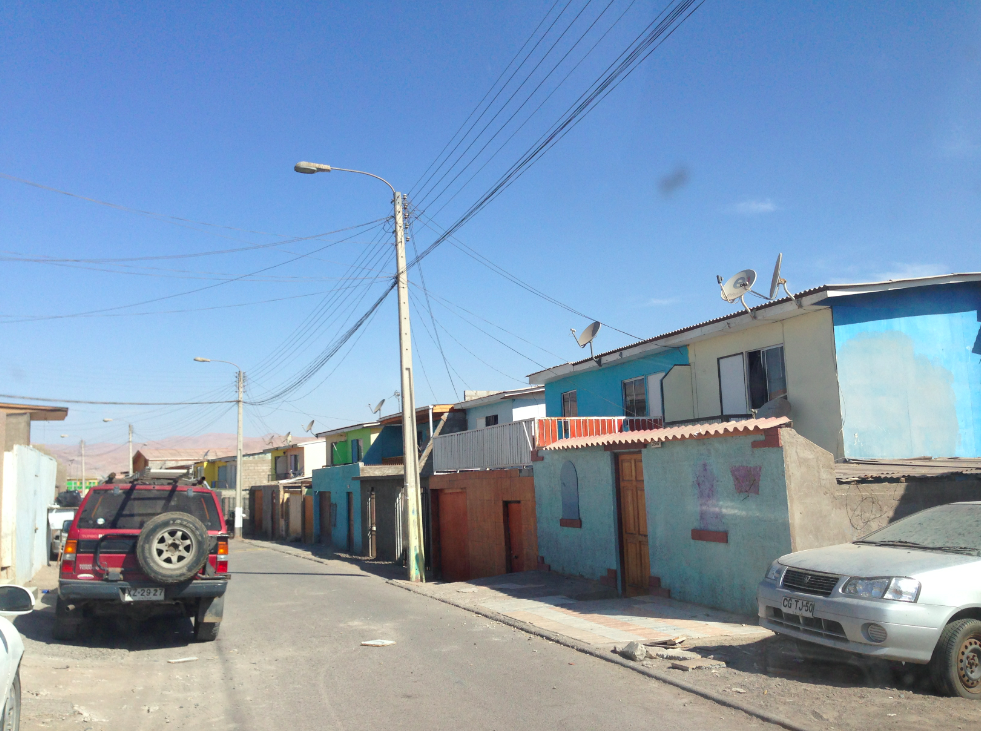
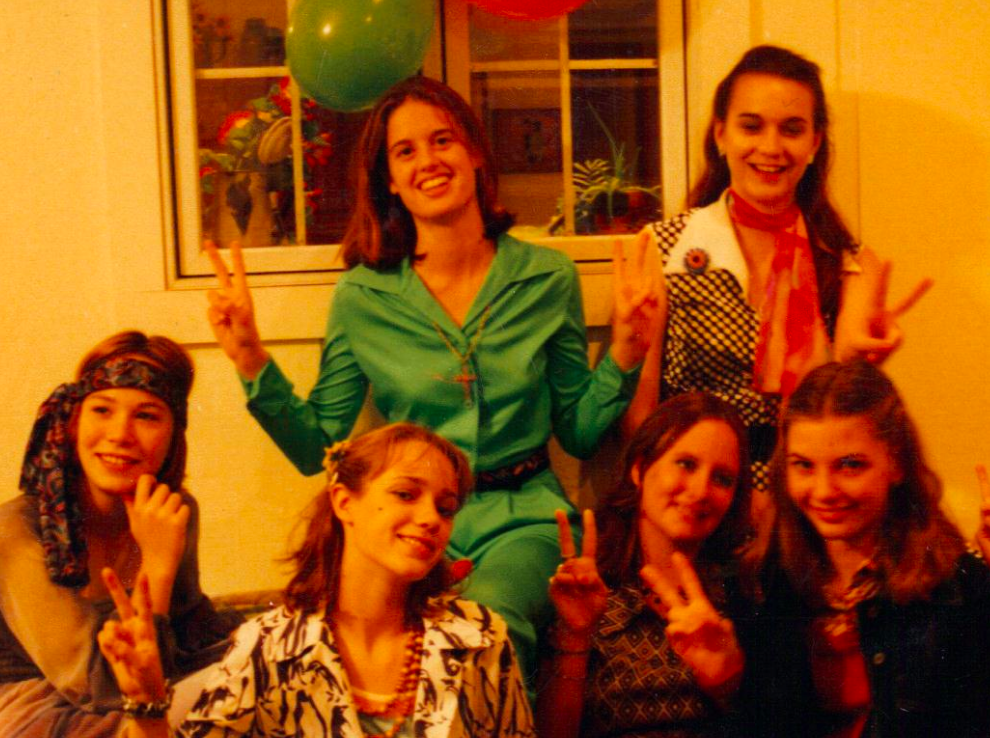
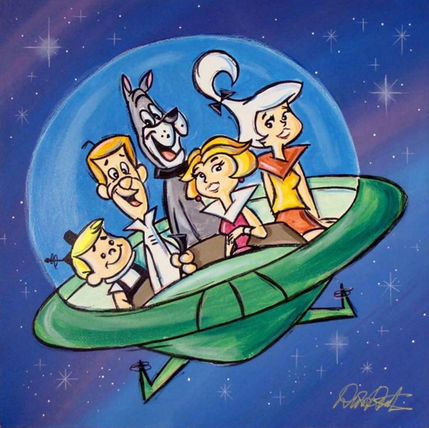
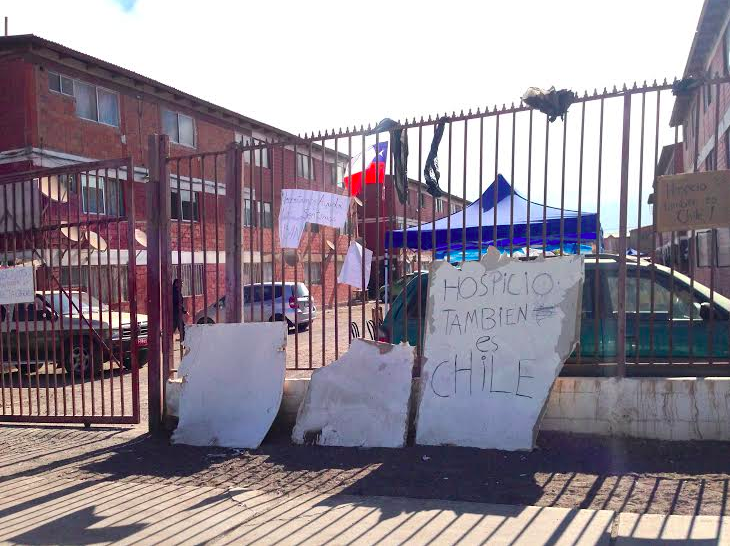
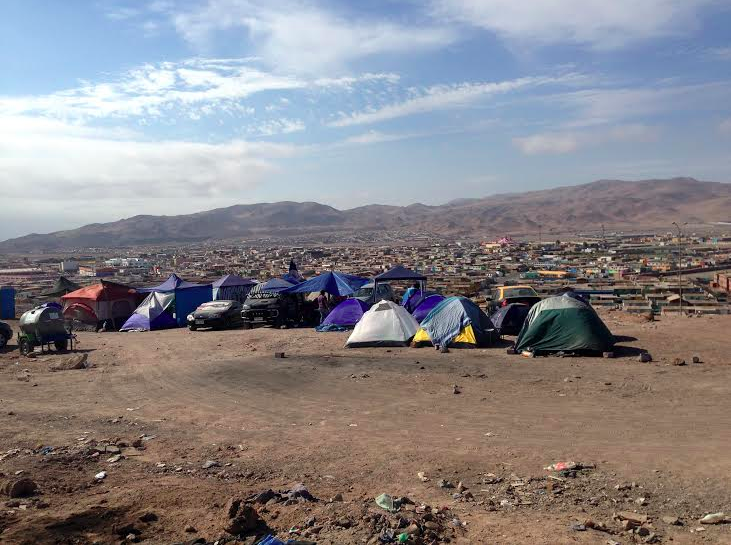
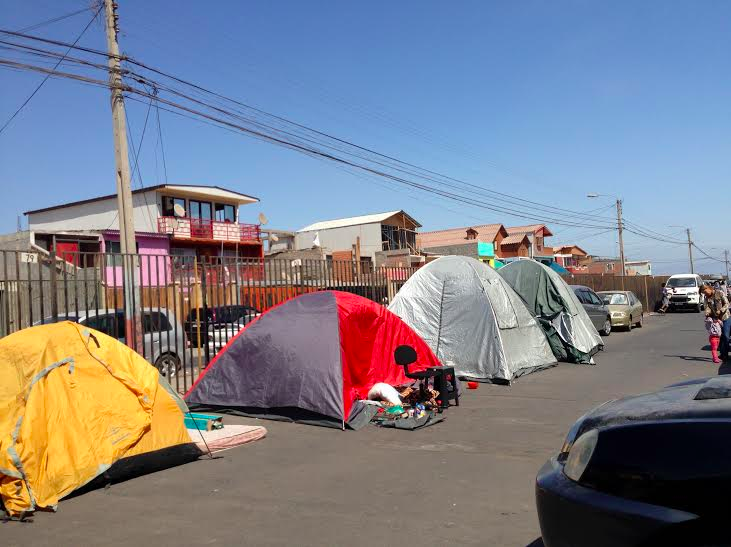
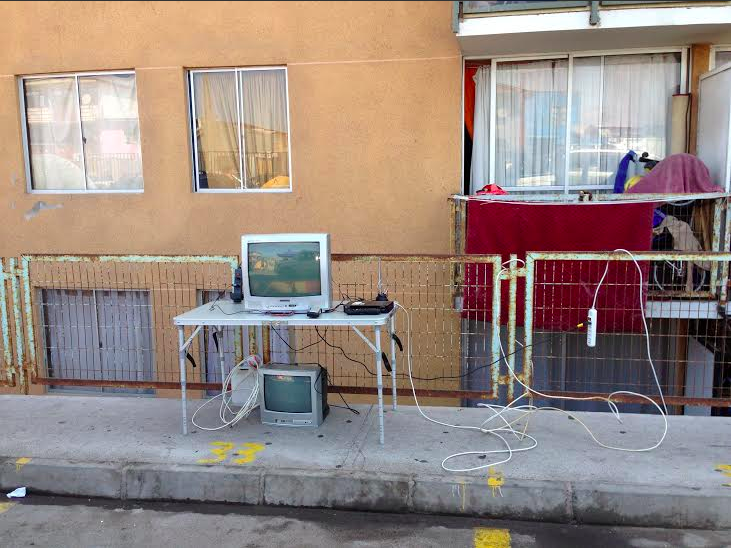
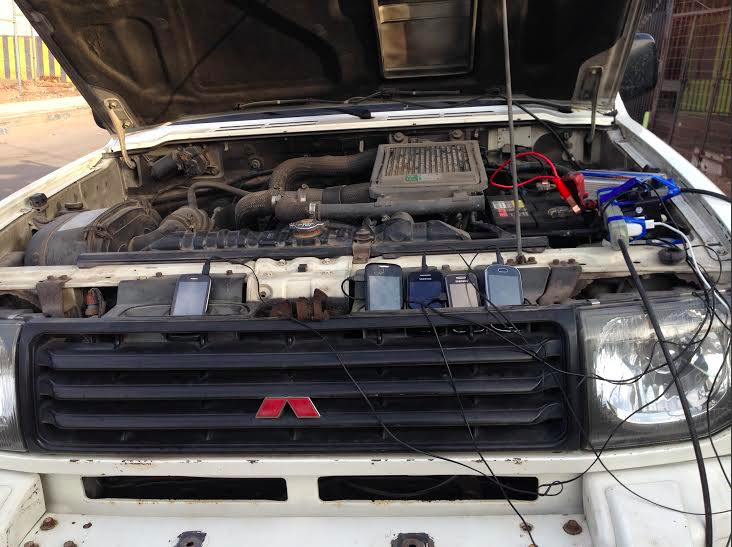
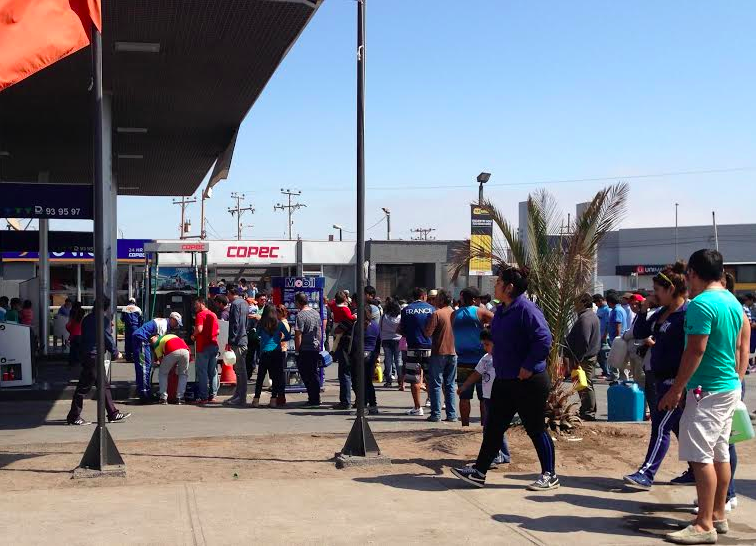
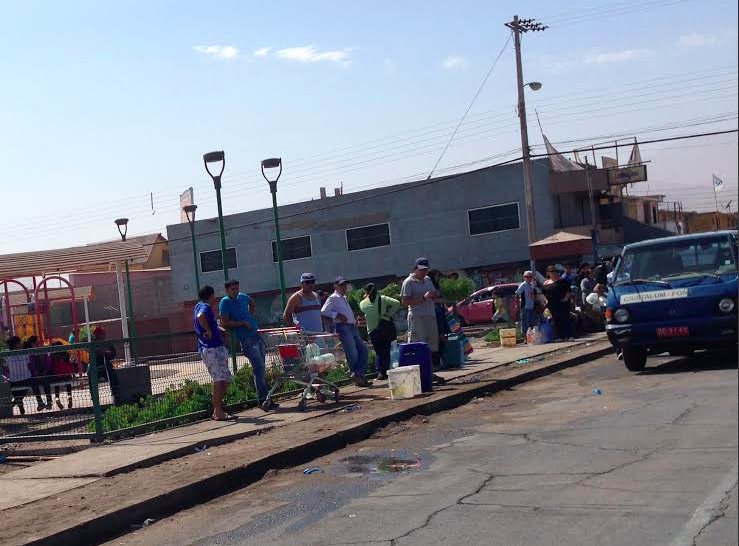
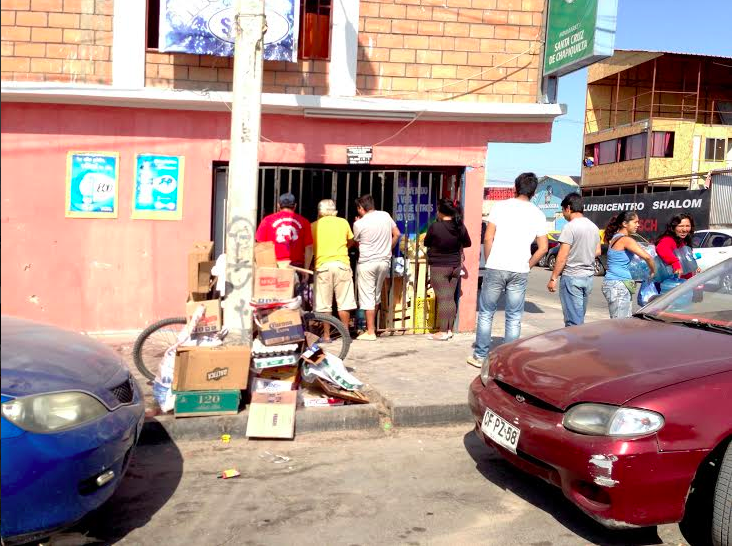
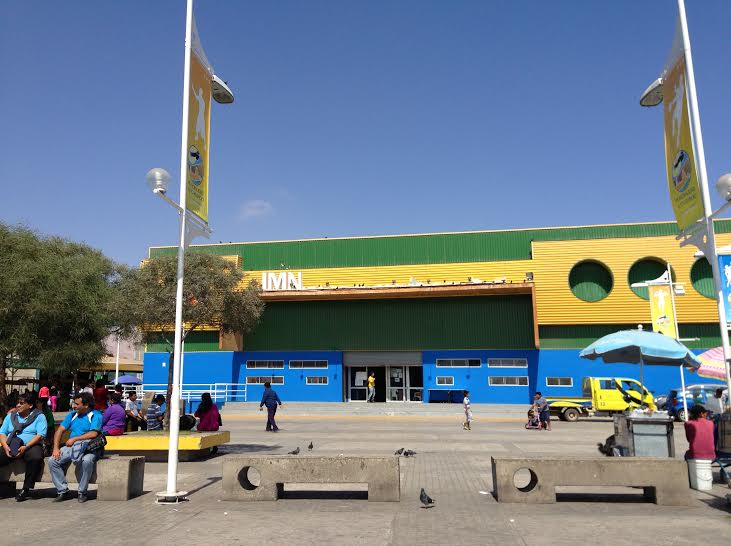
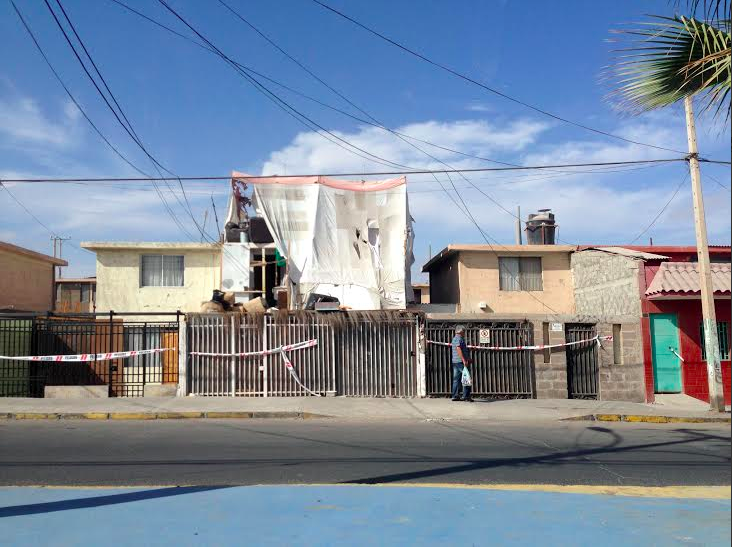
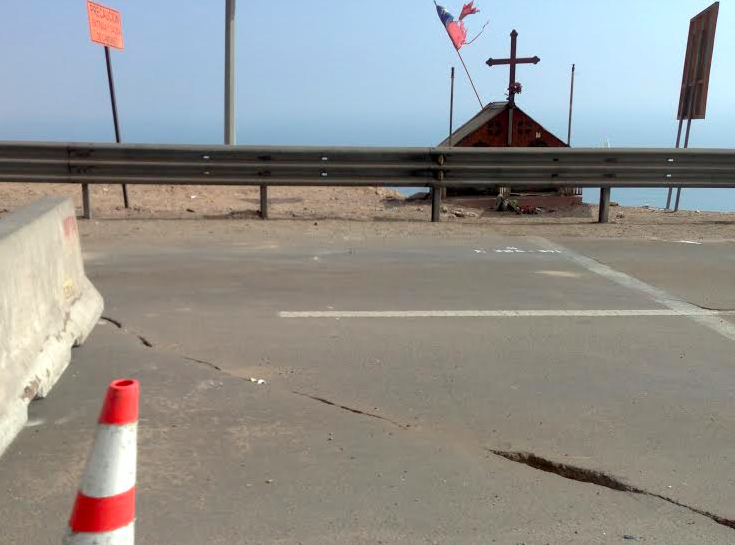
 RSS Feed
RSS Feed
